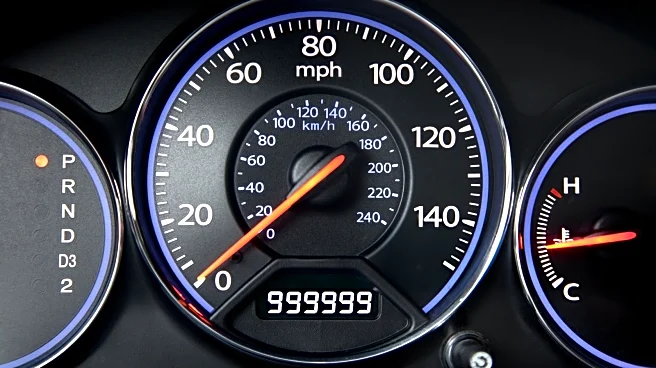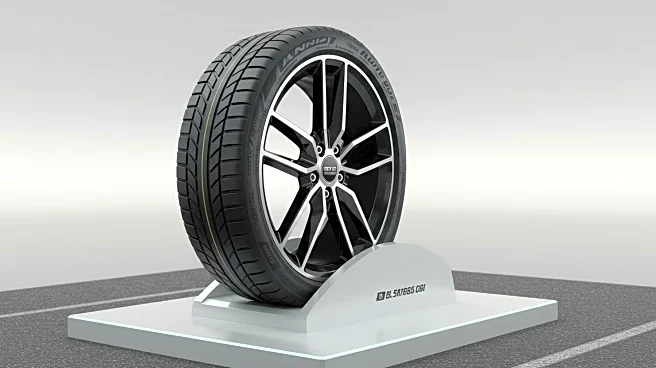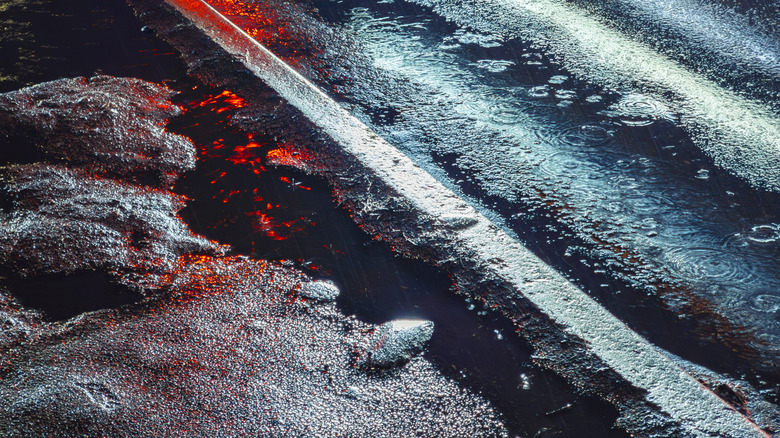
After a long dry spell, the first rain makes the road look a bit strange, similar to how mirages make roads look wet from a distance in hot conditions. The road surface can appear soapy, with oil slicks or white foam appearing. You can usually spot this phenomenon in low spots where water pools, like gutters or small potholes. It might look like someone dumped car wash soap on the road, but in most cases this isn't pollution or a chemical spill. Instead, it's just a natural reaction between fresh
rainwater and the grime that slowly and invisibly accumulates on the road over time. What you're seeing is a mix of dust, debris, oil, and other fluids and residue that can be pushed to the surface after it rains. Plenty of municipal first responders have confirmed this is common and nothing to be alarmed about.
The white milky substance you see on the roads is a result of fresh rain and oil soaked roads - this is a natural reaction. #StaySafe pic.twitter.com/ws72oi1Ct7
— PortMoodyFireRescue (@PortMoodyFR) September 8, 2017
The Port Moody Fire and rescue department just east of Vancouver posted on X describing it as a "natural reaction," and other authorities have made similar statements via social or other media. Roads that appear foamy can be dangerous to drive on, though. That slick, milky layer makes roads extra slippery until it washes away and can easily catch drivers off guard. People often mistake it for a chemical leak or the remains of an accident scene, but that's generally not the case. It simply happens when water, heat, and oil meet on worn pavement.
Read more: 6 Ways To Use Your Car's Tow Hitch (Besides Towing)
When Are Roads Most Slippery?
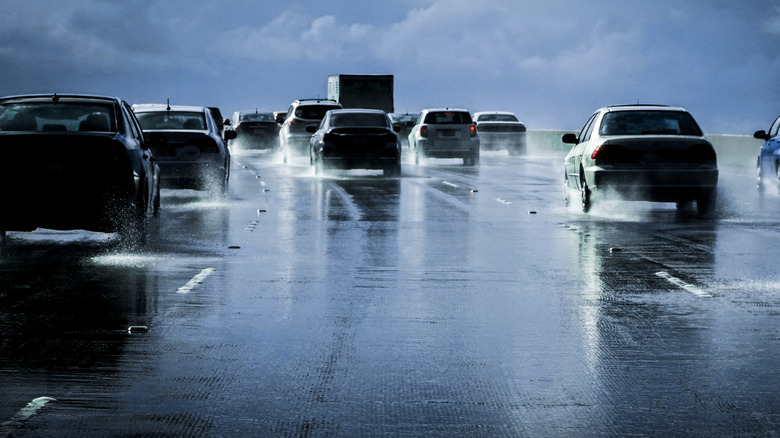
There are plenty of reasons a car might leak oil or other fluids, and those liquids get absorbed into the roadway. It's usually not noticeable it until rain comes and stirs everything up, pushing the lighter oils to the surface. The first few hours of light rain are especially risky because the water spreads this layer into a slick film. It doesn't take much rain to trigger this phenomenon, and when there's hot weather beforehand the effect becomes even worse. Heat draws more oil out of the asphalt, and the mess gets messier.
The slick roads can cause problems for drivers. A 2003 UC Berkeley study once noted that accident risk rises sharply during this window. Daniel Eisenberg led the study and explained to Vancouver's North Shore News what makes these conditions dangerous. "Oil and debris accumulate on the road when it hasn't rained for a while, making the roads slicker when it first starts to rain," he said. "Also, the drivers are often unprepared — especially if they haven't dealt with rain in a while. In fact, even experienced drivers tend to misjudge how slippery the road is right after a dry spell. So the best practice to follow is to maintain a safe distance from other vehicles. That's what the emergency services often recommend."
It Gets Better After The First Rain
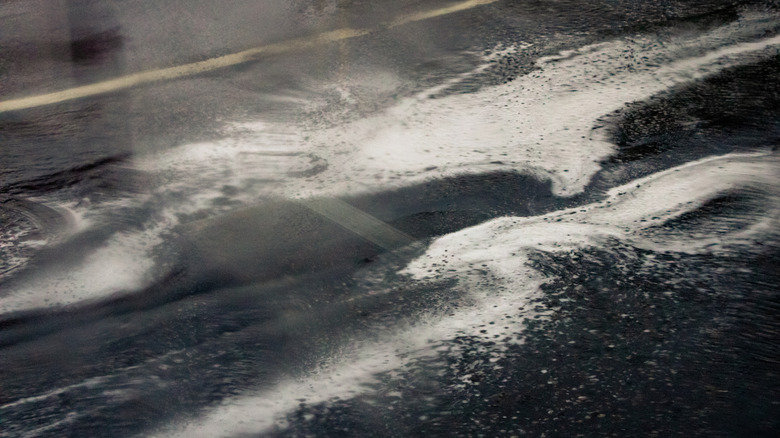
The good news? This hazard doesn't last long. By the second or third day of rain, much of the surface grime has already washed away. As a result, the streets become less slippery, and drivers begin to adjust to wet conditions again. If the rain is strong enough, it gives roads a thorough rinse. But if it's just a drizzle, the foam and slippery film might hang around until heavier showers arrive.
Environment Canada and other government weather service agencies track rain patterns to help understand when these slippery conditions are most likely to happen. The general rule is simple: the longer it's been dry, the worse that first rain will make the roads. It's quite interesting how certain weather patterns conspire with leaking fluids to make the road look soapy, but it's usually nothing to worry about. Buy a good set of tires for driving in the rain and proceed with caution, and you should be fine.
Want the latest in tech and auto trends? Subscribe to our free newsletter for the latest headlines, expert guides, and how-to tips, one email at a time.
Read the original article on SlashGear.


